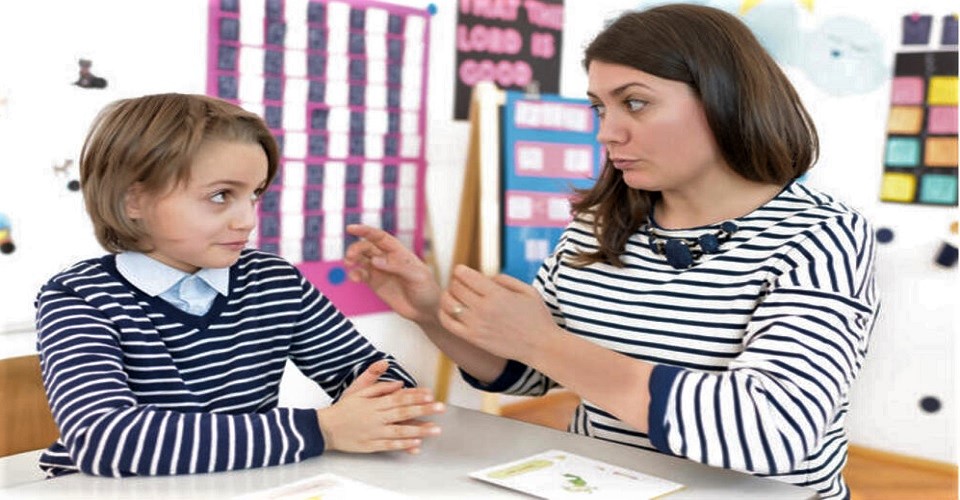How to Teach Students with Language Processing Disorder
3rd July 2020

As a teaching professional, you will comprehend and observe that some of your students struggle in fully understanding written words, verbal communication, or equally. As special educational needs students face the challenge of language processing, therefore, sometimes they become distracted or even troublemaking in your classroom. However, do you know students with language processing disorder can flourish, with the precise association of support from education professionals and support from parents?
What Is Language Processing Disorder?
Language Processing Disorder is a kind of Auditory Processing Disorder (APD). APDs unconstructively change the understanding of all of the sounds that a child's brain develops; however, the Language Processing Disorder (LPD) just alters a child's understanding of language. It is recognised as a neurological problem within the auditory nervous system.
Language Processing Disorder is complicatedness in receiving, recognizing and understanding language. It also entails complexity in expressing language. Children with LPD may also have difficulty in getting a meaning behind a conversation. However, it is essential to note that children with LPD can have the fine sense of hearing along with standard mental power.
Symptoms of Language Processing Disorder
A child may suffer with Language Processing Disorder if they:
- Have poor writing skills.
- Struggle with finding meaning in other's language.
- Feel frustrated about not being able to clearly say what they are thinking.
- Have difficulty recalling an actual word.
- Feel disheartened due to their failure to talk or understand others.
- Difficulty following numerous directions at once.
- Trouble rhyming, reading, spelling and writing.
- Difficulty understanding and engaging in conversations.
- Have poor reading comprehension skills.
- Have a limited language for their age.
How Teachers can help?
As LPD chiefly influences children, teachers can really assist the LPD children feel more sufficient in the classroom by implementing small changes and adjustments to their teaching methods.
Visual Cues: Implementing the visual cues in your lesson plans encourages a LPD child’s development. Try to use visuals in your teaching and give directions or convey other important information. Make the use of visual representations and hands-on developments to help your students in gaining an understanding of lessons.
Active Reading Skills: Encourage the active reading skills and categorize the most significant parts of textbook and instructions. Make a learning guide that includes key vocabulary with definitions, and a clear proclamation of learning goals for the reading. Prompt the child to think critically about how the learning process is related to development.
Give Space: Try to offer enough time and space as LPD children need it. Allow extra time to pay attention to, think about and structure his thoughts about the learning materials used in class. Some LPD kids have a preference of quiet isolation while others do better with lots of background noise to encourage the senses. Don't force abrupt intellectual capacity on them.
Diminish Unnecessary Disturbances: Try to encourage different testing procedures that reduce the distractions. Students living with language-processing challenges frequently perform better when their style of education encourages the direct engagement with the learning materials. Remove all the unnecessary content and teach them effectively.
Little Wins: Allow your student with language-processing challenges to earn a small reward when each section is completed conscientiously. It's less excruciating to rebuild a small part of an assignment than to see a big assignment finish up off-base! Break larger assignments into smaller subdivisions. Check to make sure that your learner understands what characteristics differentiate a good work from a poor work.
Assistive technology can also help to enable the students living with language-processing challenges. As a teaching professional, you can really help them by learning the teaching techniques with the help of SEN teacher training online program. Today’s world is the web-based learning world, in which you will be expected to construct a real difference in the way children with LPD experience education.

